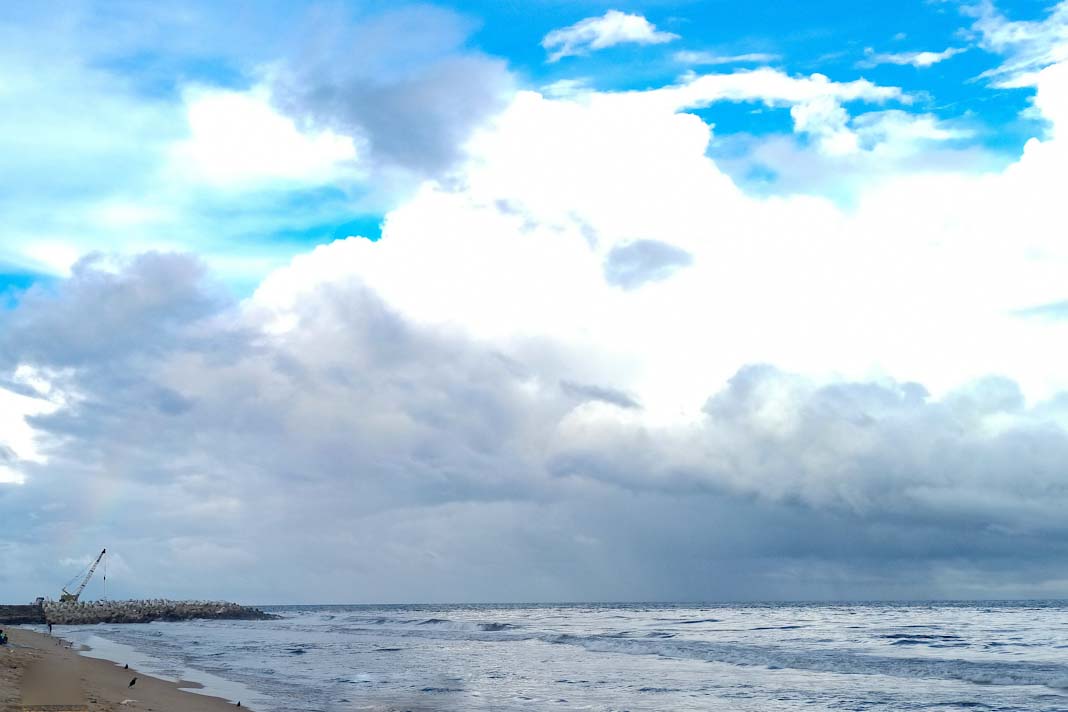
- The UP World LNG Shipping Index has recently declined, reflecting a challenging market for LNG shipping stocks.
- Companies with long-term contracts are better positioned for stability compared to those dependent on fluctuating spot rates.
- Spot LNG tanker charter rates have decreased, particularly in the Atlantic region, impacting overall industry performance.
- Upcoming management commentary on third-quarter results will provide insights into the challenges faced by companies without long-term contracts.
LNG shipping stocks are currently navigating a difficult market landscape, as reported by recent downturns in the UP World LNG Shipping Index and spot charter rates, according to LNG Shipping Stocks. Companies with long-term contracts are experiencing stability, while those lacking such agreements remain vulnerable to the volatility of spot rates. This uncertainty also extends to newbuildings without long-term contracts in place.
Market Performance Overview
In the previous week, the UPI, which tracks publicly listed LNG shipping companies, saw a decrease of 2.04 points, translating to a 1.25% drop, closing at 161.56 points. This decline outpaced the S&P 500 index, which fell by 1.37%. The accompanying charts illustrate the weekly performance of both indices.
Industry Trends and Insights
While several companies managed to recover from previous declines, new losses indicate a shift from the previously stable market conditions. Discussions within the industry since the beginning of the year point to potential fleet rejuvenation as a natural solution. It’s important to note that current spot rates are lower for older vessels with higher operating costs, while newer ships with reduced operating expenses may still command better rates.
According to Spark Commodities, spot LNG tanker charter rates have continued to decline, particularly in the Atlantic (European) region, leading to a mixed performance among UPI companies.
Contractual Landscape and Future Outlook
Most vessels within the UPI are secured by long-term contracts, providing a buffer against the current market volatility. However, concerns persist for companies awaiting the delivery of new ships that do not yet have long-term contracts. Upcoming management commentary regarding third-quarter results is expected to shed light on these challenges.
The construction status of new natural gas liquefaction facilities is also critical, as the industry typically requires one to two tankers for every one million cubic meters (m³) of LNG produced.
Company-Specific Developments
Among the recent developments, Mitsui O.S.K. Lines (TSE: 9104) emerged as the week’s top performer, gaining 6.4%. Excelerate Energy (NASDAQ: EE) and “K” Line (TSE: 9107) closely followed, with increases of 4.6% and 4.4%, respectively. Several other companies also reported modest gains, including SM Korea Line Corporation (KRX: 005880) and Chevron (NYSE: CVX), which both saw 1.5% increases.
Conversely, New Fortress Energy (NASDAQ: NFE) and BP (NYSE: BP) experienced notable declines, each dropping over 7%. The decline for BP followed the release of disappointing third-quarter results, while NFE continued its downward trajectory from earlier in the year. Cool Company (NYSE/OSE: CLCO) also faced challenges, with a 6% drop, while Tsakos Energy Navigation (NYSE: TSE) fell by 5% last week. Other companies like Golar LNG (NASDAQ: GLNG) and Exmar (BSE: EXM) recorded decreases of 4.3% and 3.5%, respectively.
Overall, the LNG shipping sector is bracing for ongoing challenges amid fluctuating market dynamics and economic pressures.
Did you subscribe to our daily Newsletter?
It’s Free Click here to Subscribe!
Source: LNG Shipping Stocks
















